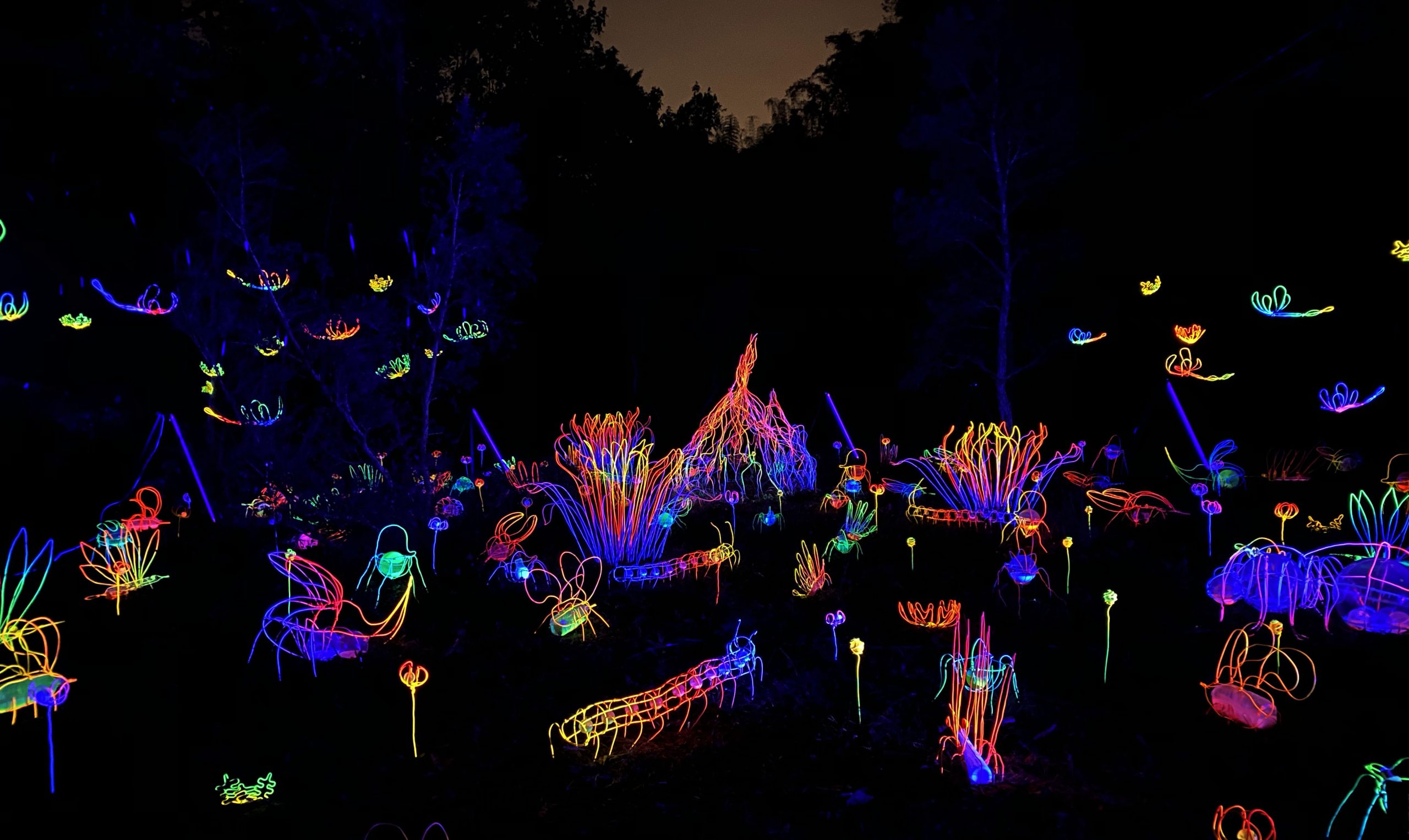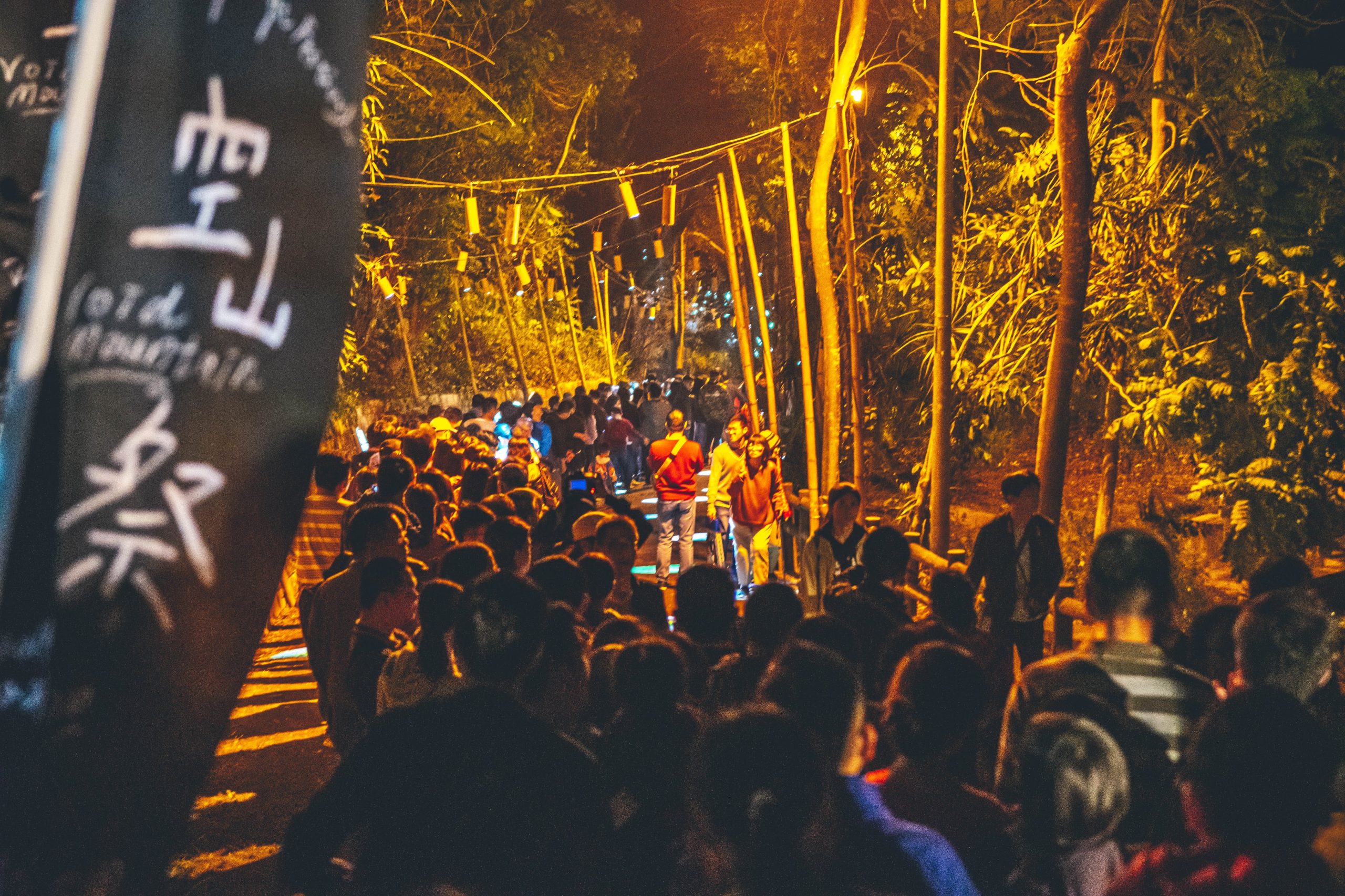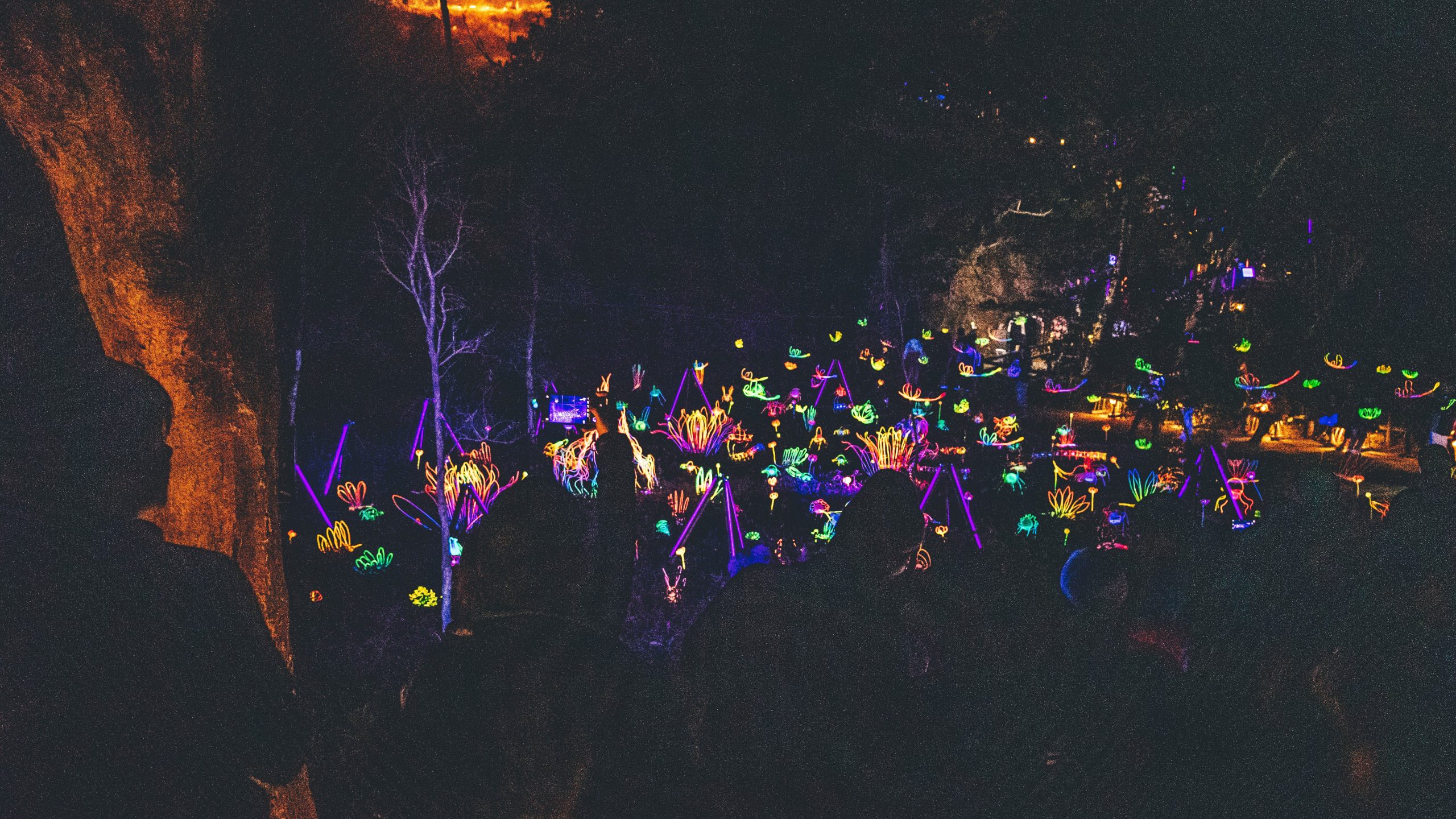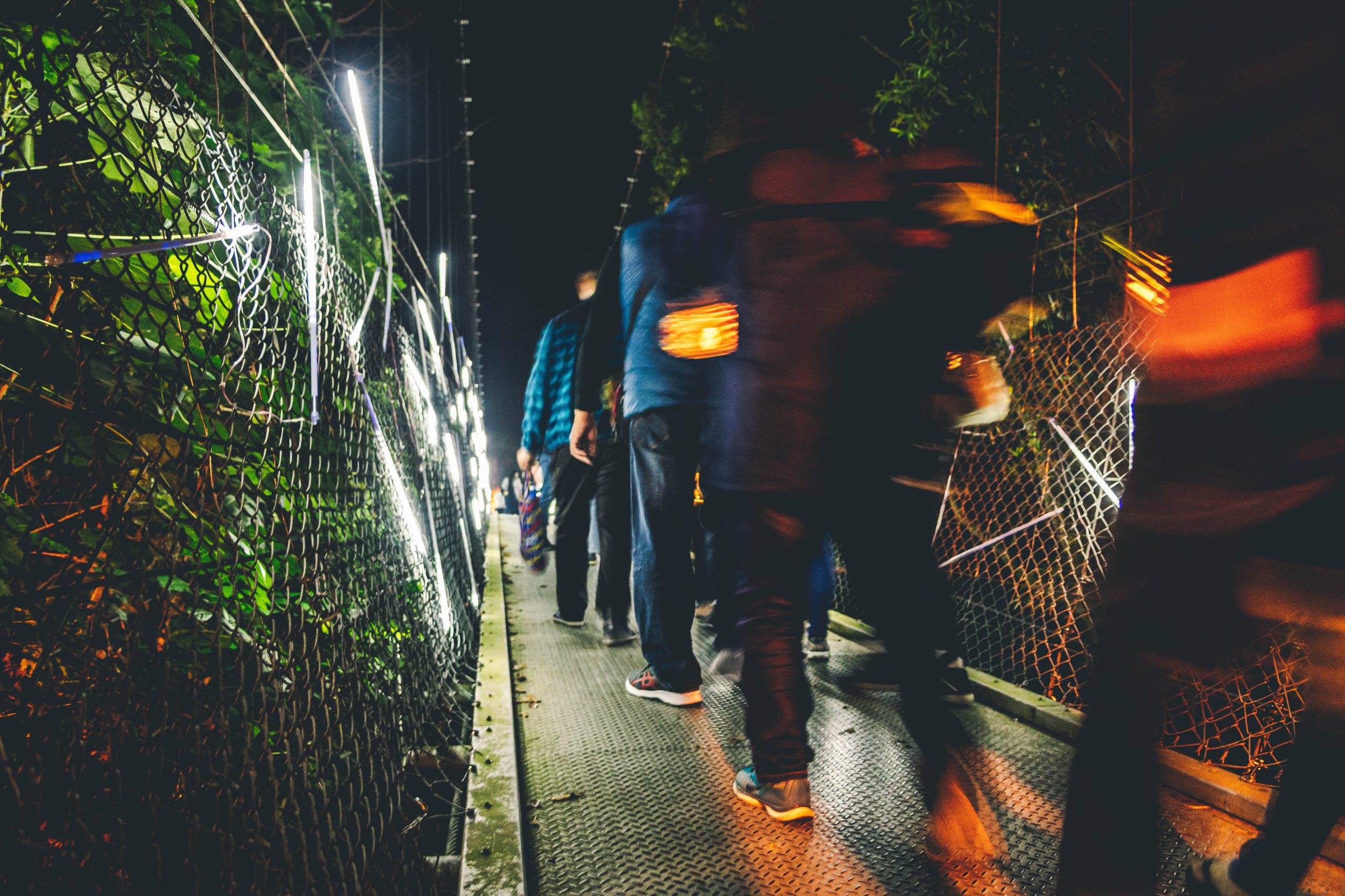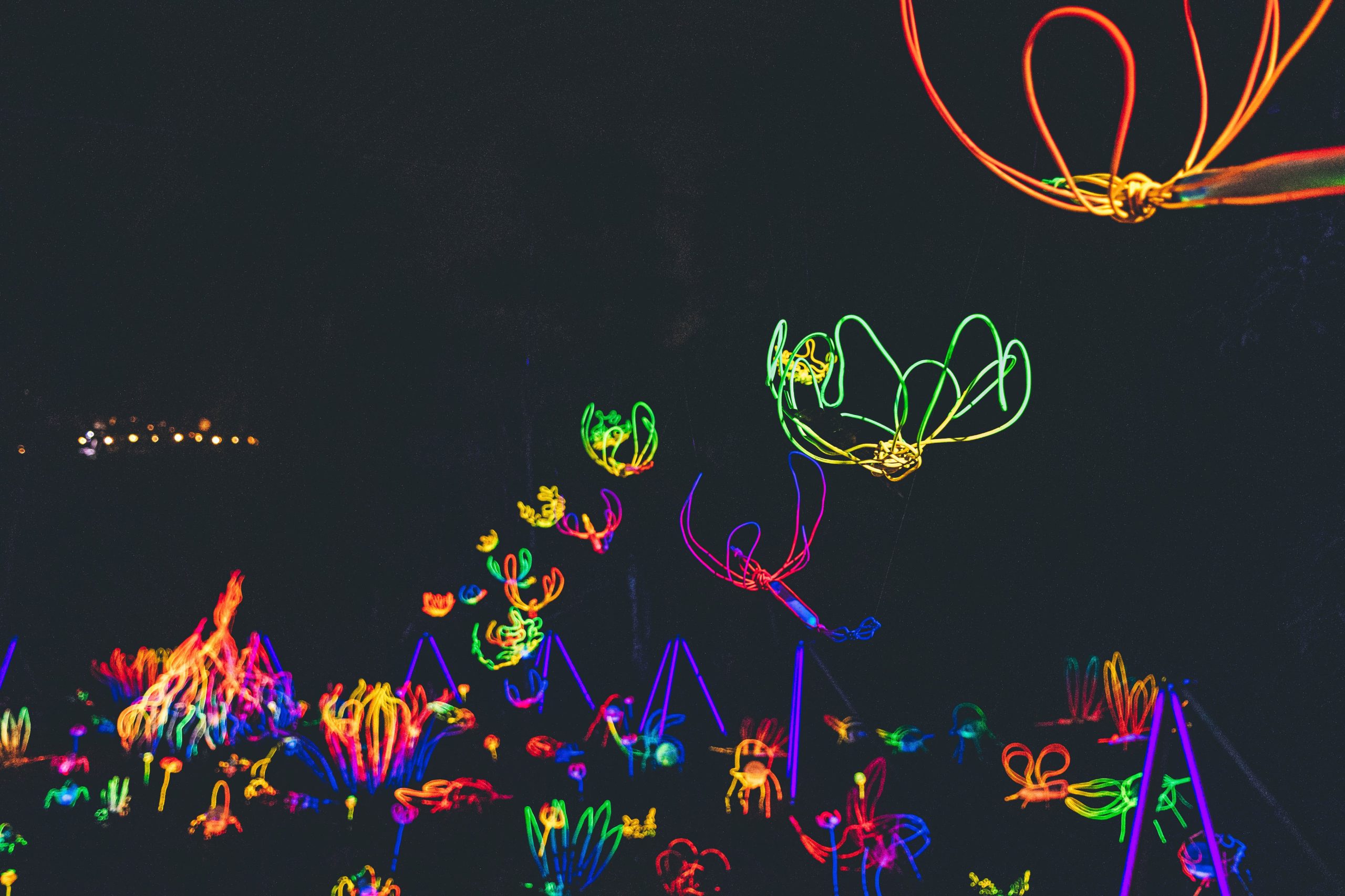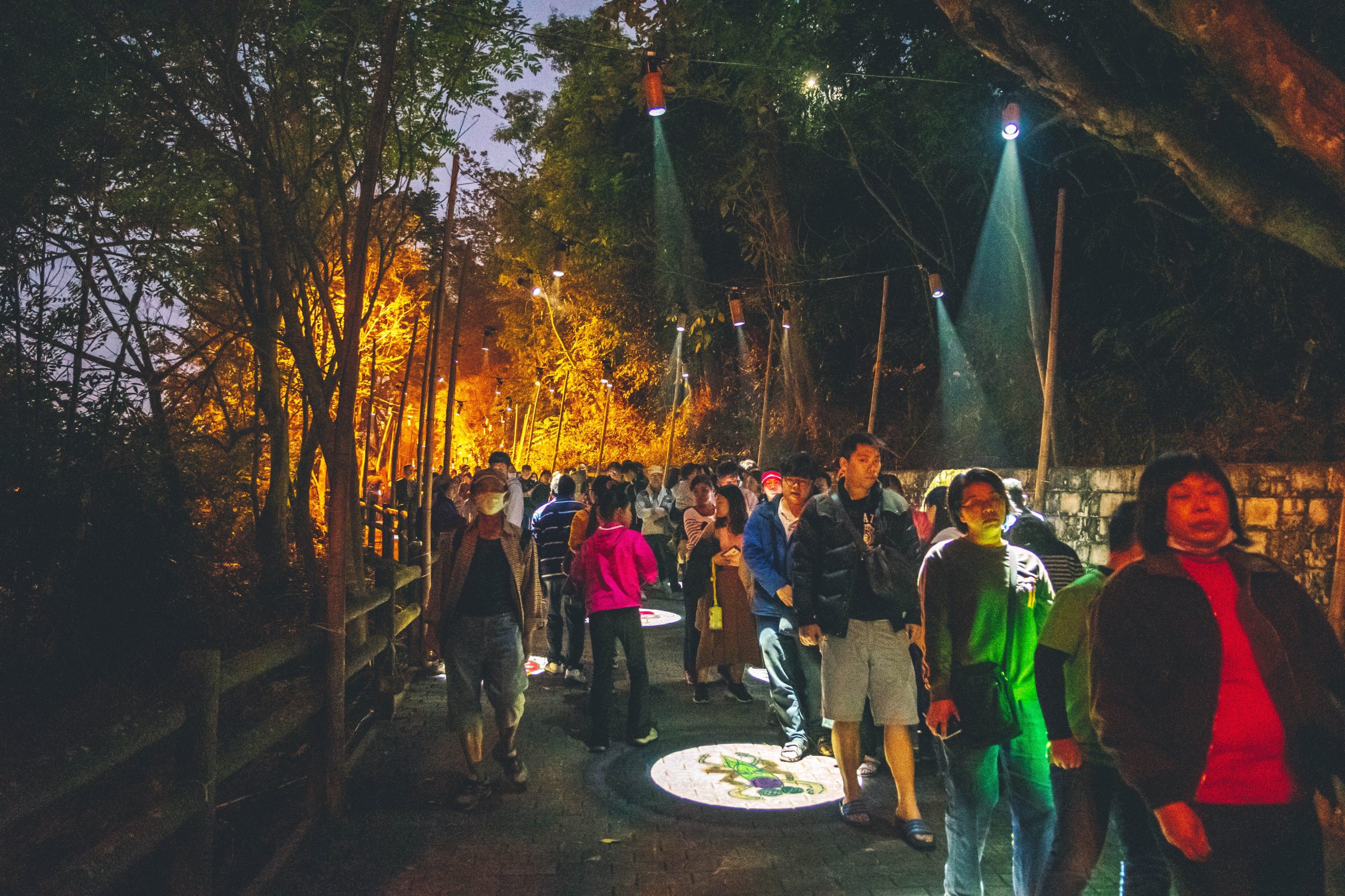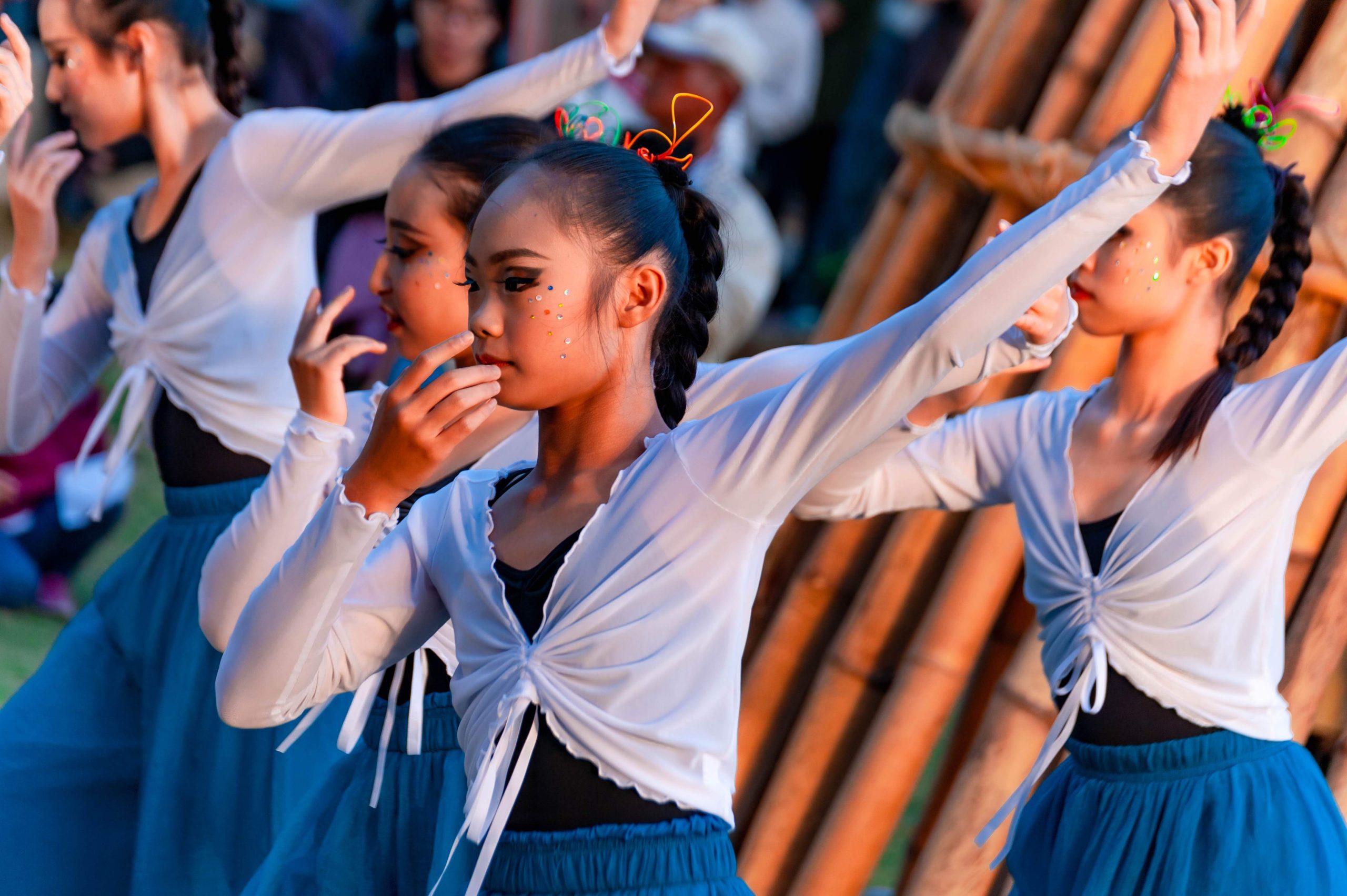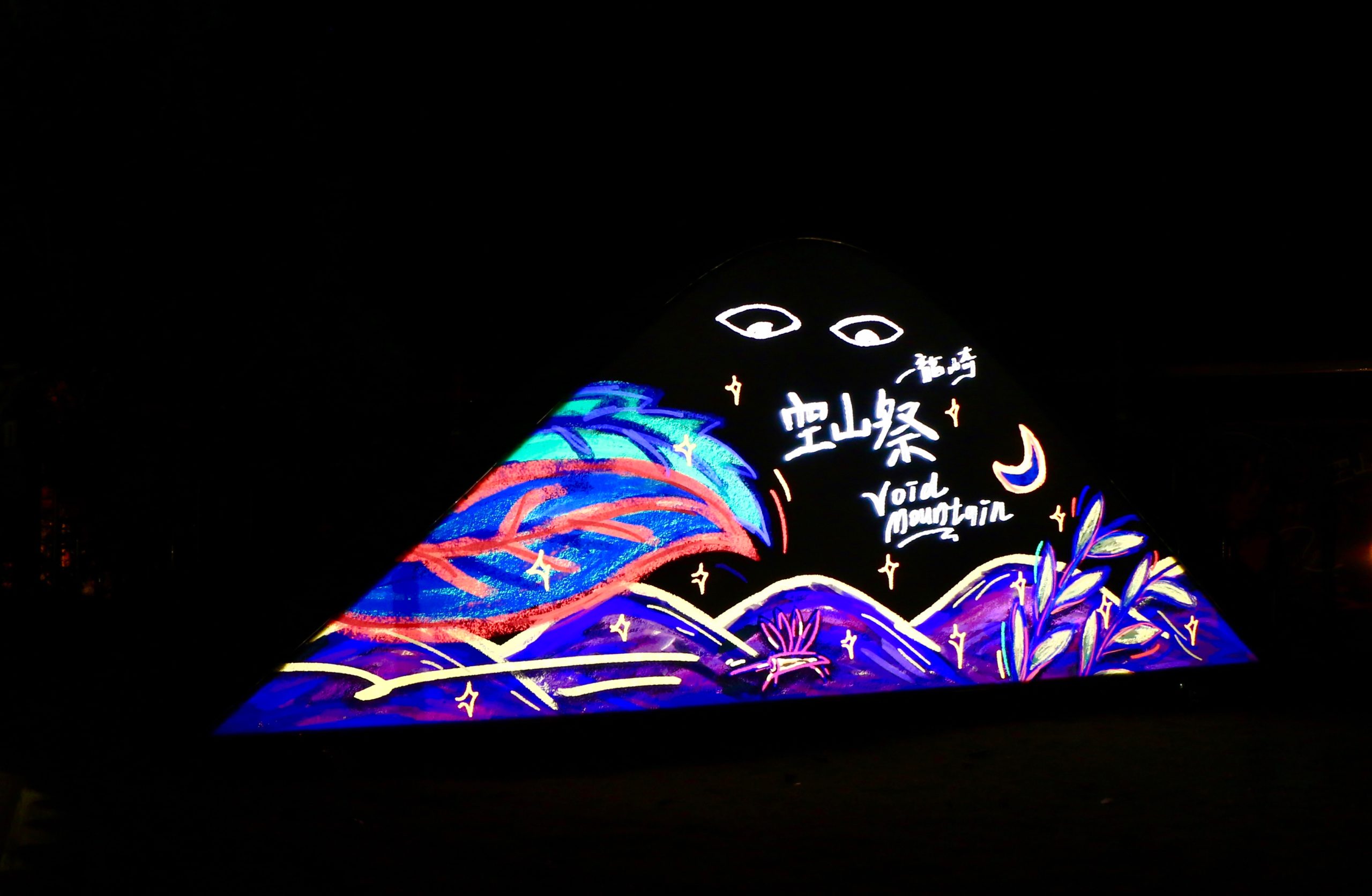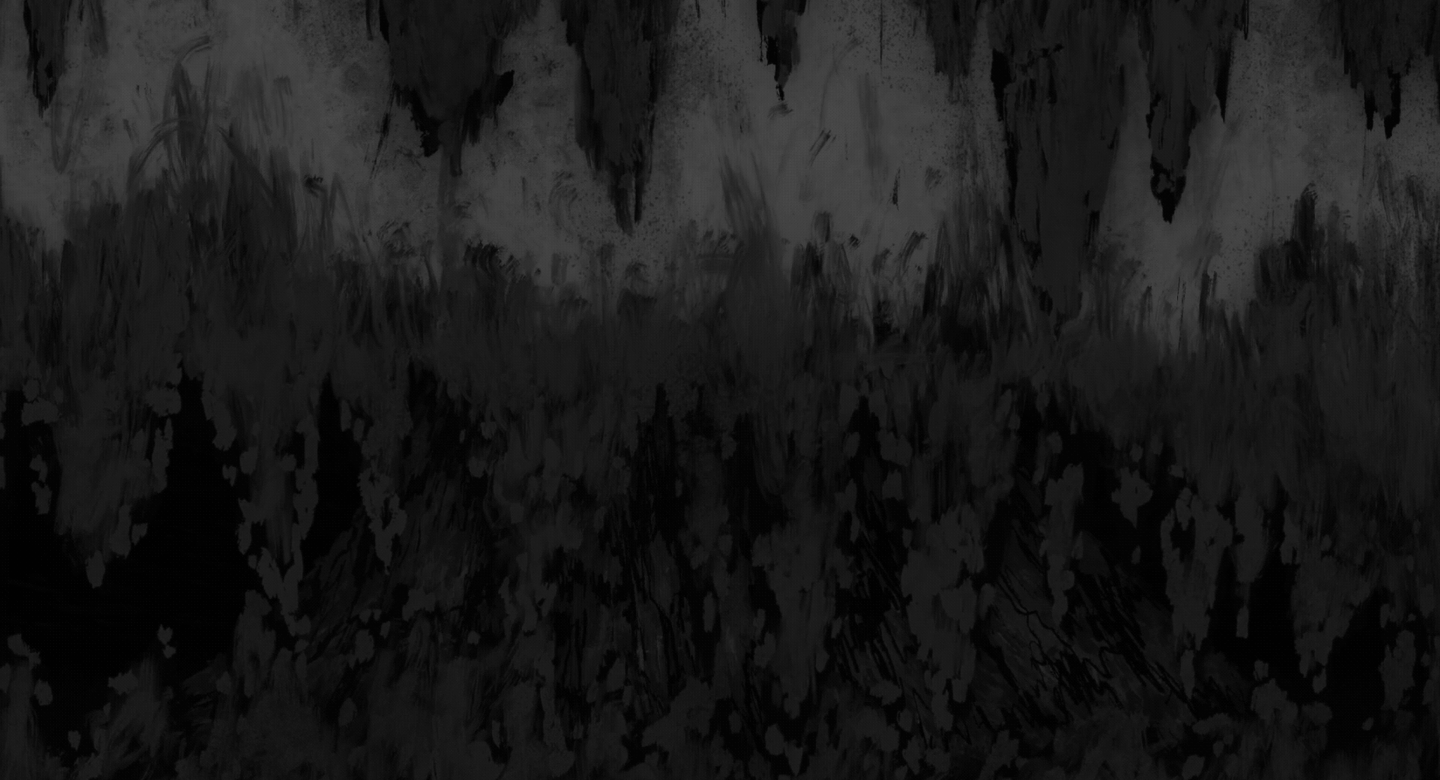
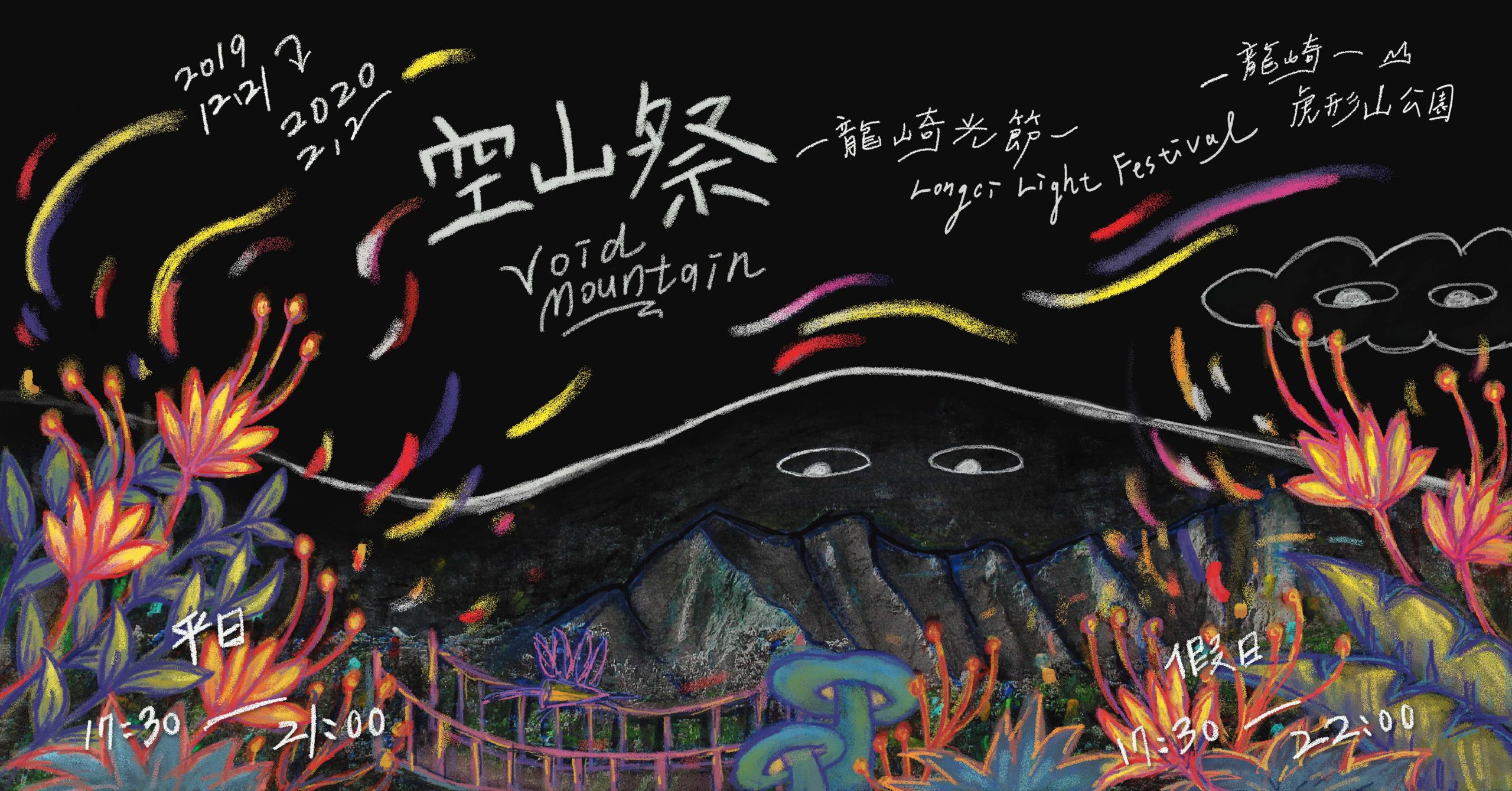
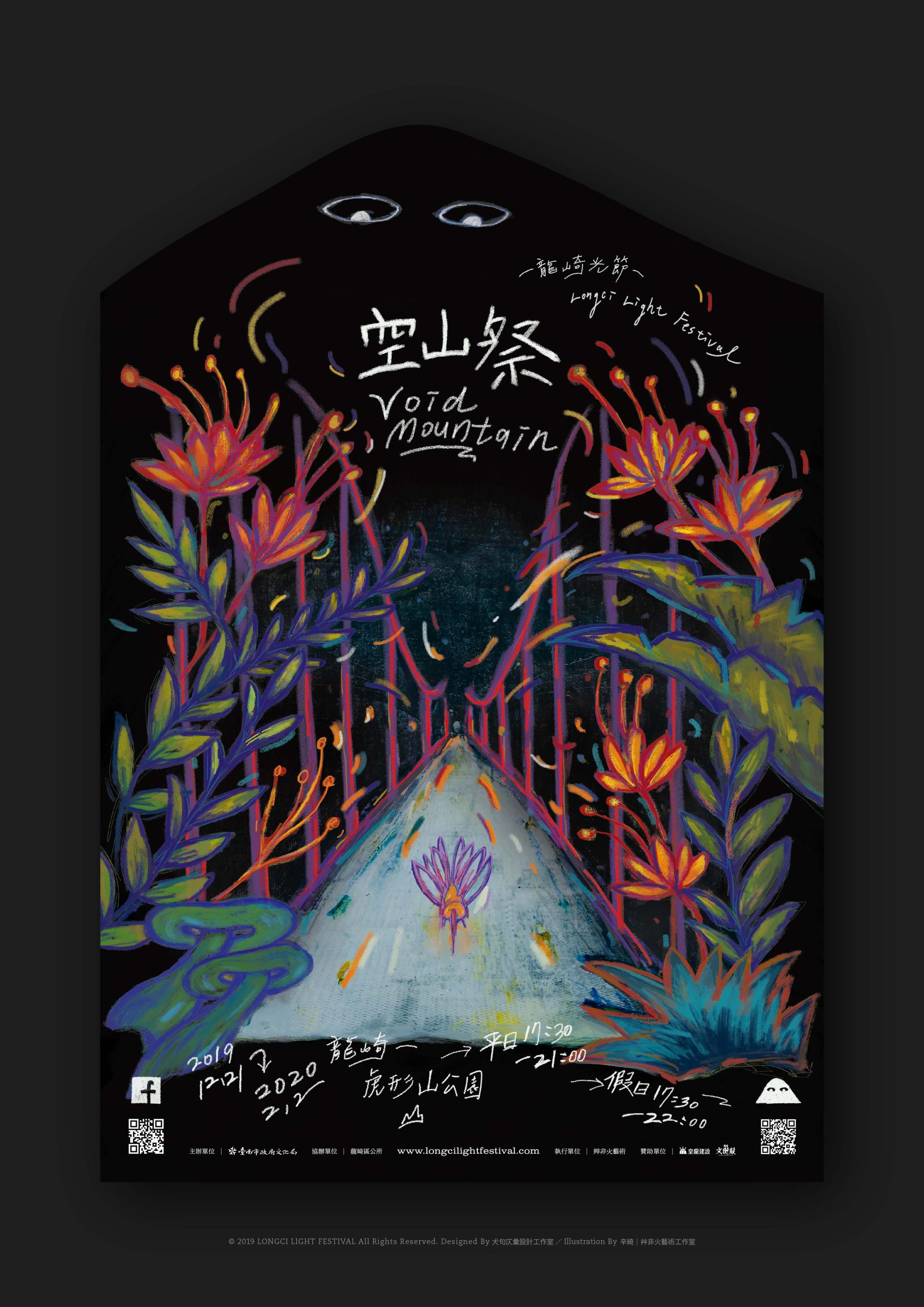


- 策展人陳雋中 / Chun Chung Chen、辛綺 / Xin Qi
- 藝術統籌辛綺 / Xin Qi
- 專案助理程祈 / CHENG, QI、胡敦雅 / Dun Ya Hu
- 執行助理陳瑋勛 / Wei Shiun Chen
- 表演統籌
- 主視覺設計辛綺 / Xin Qi
- 指導單位文化部、臺南市政府
- 主辦單位臺南市政府文化局、財團法人台南市文化基金會
- 協辦單位龍崎區公所、龍崎文衡殿


空山不空
1987年攝影師兼旅遊探險家的約翰湯姆生(John Thomson)到了台灣;他的日記記載 : 穿越一大片「酷熱而壯麗的福爾摩沙地景」,指的就是北從台南左鎮,往南分布到田寮,旗山內門這一大片獨特壯麗的土地,日後稱為「月世界」的惡地形。這片土地看似貧脊,其實物產豐饒而孕育了多年的平埔,日治文化…。國際級的惡地地形,是足以喚起人們對歷史、視覺與人文感知的美景。 「貧脊」的龍崎,在開發者眼中,成為了合適的垃圾掩埋場預定地;也引發了長達10年的抗爭與討論。這些討論,讓我們將這第一屆的龍崎光節,定名為「空山祭」。這裡是否真的是「空空的山」呢? 「空山」一詞,源自於現代社會對「人口流失」的村落之一種想像。在對於當地居民、文化未知的情況下,現代社會容易對鄉里地方產生一種「曠野無人」的刻板印象;這種虛構的想像不僅是在龍崎區,而是全球化的現象,是「都市化」人口集中產生的後遺症。對此種想像的放任,會使人文歷史珍貴的流失。 另一層意涵則包含了「看見」,要讓所有觀眾從「空」見到「滿」,從「空空的山」見到「滿滿的生命」。見到龍崎的美麗,看見自己、也「看見台灣」。「空空的山」為反思之義,衝擊性的標題和畫面,展示出一種淒涼;與之對照的是「滿滿的生命」,這生命不只是自然、花鳥蟲魚,還有人文、歷史和社會的命脈。那就是「空山祭」所要傳達的核心意義: 價值的選擇:「看見生命」。
Void Mountain is not Void
John Thomson, a photographer as well as a journey explorer, came to Taiwan in 1987. He wrote down “ I crossed a scorching and magnificent Formosan landscape.” in his journal. The text refers to a unique and spectacular badland up from Zuozhen Dist in Tainan down to Tianliao Dist, Qishan Dist., and Neiman Dist. in Kaohsiung, which is called “Moon World” afterward. This field looks barren, but it is actually futile and cultivates the cultures of Taiwanese Plains Indigenous Peoples and Japanese people, etc. The world-class badland terrain is an idyllic scenery which can stimulate people’s historical, visual and humanistic perceptions. In developers’ view, the “barren”Longci was a suitable place for landfill sites, and it also led to ten-year-long fights and discussions. Based on these discussions, we named the first Longci Light Festival “Void Mountain Festival”, because we wanted the visitors to ponder on “Is this place really as void as it looks like?” The term “Void Mountain” is derived from one of modern society’s images of the villages suffering from population loss. When the local residents and cultures are unknown, people in modern society tend to form a stereotype of those villages that there is no one living here. The fictional imagery happens not only in Longci but also around the world. It is the result of urbanization, which causes people to flock to metropolises. If we allow the situation to happen, we may lose precious human history. The other implication of the term is “Seeing”. We want all visitors to see the full from the void, which is to see “the full of lives” from “the void of the mountain”. Beholding the beauty of Longci, we also see ourselves and “Taiwan”. “The void of the mountain” contains the concept of reflection. With the impact of the title and the scenes, it displays desolation. In contrast, “the full of lives” contains not only the lives of nature and creatures but also the lives of humans, history, and society. This is what “Void Mountain Festival” exactly wants to convey. The selection of value: Seeing lives.


空山不空
高樓大廈林立,這裡是我們熟悉的現代大都會。城市的上空,盤旋著一朵「烏雲」;巷弄裡,垃圾被堆積著,從中飛出一隻「光蟲」。在台灣,像龍崎這樣的偏鄉,過去都曾人口眾多、商賈繁盛;是現代化和工業化改變了這一切,人口向城市集中,卻也帶來了隱憂「烏雲」。而「光蟲」,是藝術家用回收的資源、空瓶和金屬創作的幻想生物,有著透明的、像瓶子一樣的身軀,大大的眼睛,可愛的翅膀。牠以「光」為食,象徵著對人類「趨光的文明」的消化,孕育出了「光之生態圈」,代表著用文化、藝術來治癒我們的希望。 「光蟲」順著河流向城外飛去,碰見了一座大山,吊橋連結著山的兩個凹處,跨越了峽谷;往上飛去,俯瞰這片山林,樹木安安靜靜、岩石穩穩當當、風吹過無人的吊橋。這就是龍崎,第一印象看起來是「空空的山」,也是在都市化中,我們對於偏鄉共同的想像。 當我們真正闖入了山的裡頭,跟隨著「光蟲」,可以看見豐富的自然生態;螞蟻排著隊伍在搬運、蜘蛛織出漂亮的大網、彩色的鳥兒嘰嘰喳喳著八卦。三種生物代表著龍崎文化的三個階段,螞蟻是團結與合作的建設,龍崎的金姬蛛是一種具有「抱卵」護巢生態的特有種,象徵家庭,而鳥兒的聊天則表現公民參與的社區意識。原來「空山不空」。 烏雲跟著也來到了山頂,在他看來,這裡空空如也,正適合釋放他雲層裏面的傾盆大雨,挾帶著垃圾,暴風雨落了下來。這段映射了將龍崎選擇為「垃圾掩埋場」的一部分觀點。 「黑夜」來臨的時候,「光蟲」出現了,瓶子身軀發出光芒,打撈了螞蟻們、修補了蛛網、治療了羽毛;光芒越來越多,千千萬萬的光點都是「光蟲」,在修補著整個山林。大山好像被披上了一層金色的光衣,閃閃發亮。雨過天晴,動物與光蟲們一起開心的在這「滿滿的山」裡,生活、繁衍、聊八卦、還有唱歌。
Void Mountain is not Void
寓言「空空的山」The Author’s Annotation of the Fable “Void Mountain” Skyscrapers are erect as if the woods in the forest. This is the familiar scenery of the modern city. “A dark cloud” covers right above the city. In the alley, “a light bug” flies out of the piling garbage. In Taiwan, rural areas such as Longci once possessed tons of people and prosperous business. However, modernization and industrialization have changed all of these. People gather in the city, which brings potential problems known as “dark clouds”. “The light bug” is an imaginary creature with a transparent, bottle-like body, big eyes, and a pair of cute wings, which is created by artists with recyclable materials, empty bottles, and metals. It feeds on light, which represents the digestion of humans’ tendency toward the light, and then, it breeds the light ecosphere, which is the symbol of using culture and art to cure our hope. “The light bug” flies out of the city along the river, running into an enormous mountain with a recess and a hanging bridge connecting two sides, passing through the valley straight up to the sky, overlooking the forest with silent woods, stable rocks, and wind past the no man’s hanging bridge. This is Longci. It looks like “a void mountain” at the first sight, and it is our first common imagination of the rural area under urbanization as well. When we truly run into the mountain, with “ the light bug” we can observe an abundant natural environment. Ants are hauling in a line, spiders spinning their cobwebs, and colorful birds chirping as if they are gossiping. These three creatures are the symbol of the three phases of Longci culture. Ants represent building with unity and cooperation. Chrysso scintillans, an endemic spider in Longci, will hold their eggs to protect their offspring, which represents family. The chatting birds represent civic engagement and community consciousness. “The Void Mountain” is not void. “The dark cloud” also reaches the mountaintop. In his view, there is nothing, which is a suitable place for him to pour the heavy rain in his body. The storm rages on with trash falling to the ground. This indicates some viewpoints about choosing Longci as a landfill site. When “the night” falls, “the light bug” appears with a bottle-like body beaming light. It salvages ants, repairs cobwebs, and tends feathers. There are more and more lights. Gradually, there are tens of thousands of light spots, each of which is “a light bug” repairing the mountain and the forest. The mountain looks like covering up a golden light coat, shining and glowing. When the rain has passed, animals and “the light bugs” are merrily living, breeding, chatting, and singing in this “full mountain”.

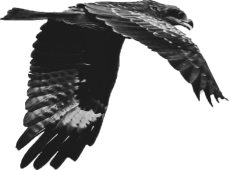


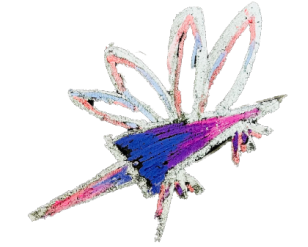
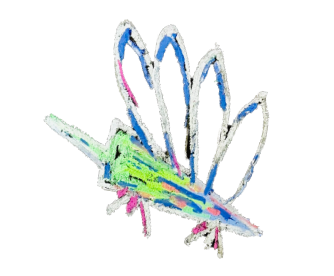

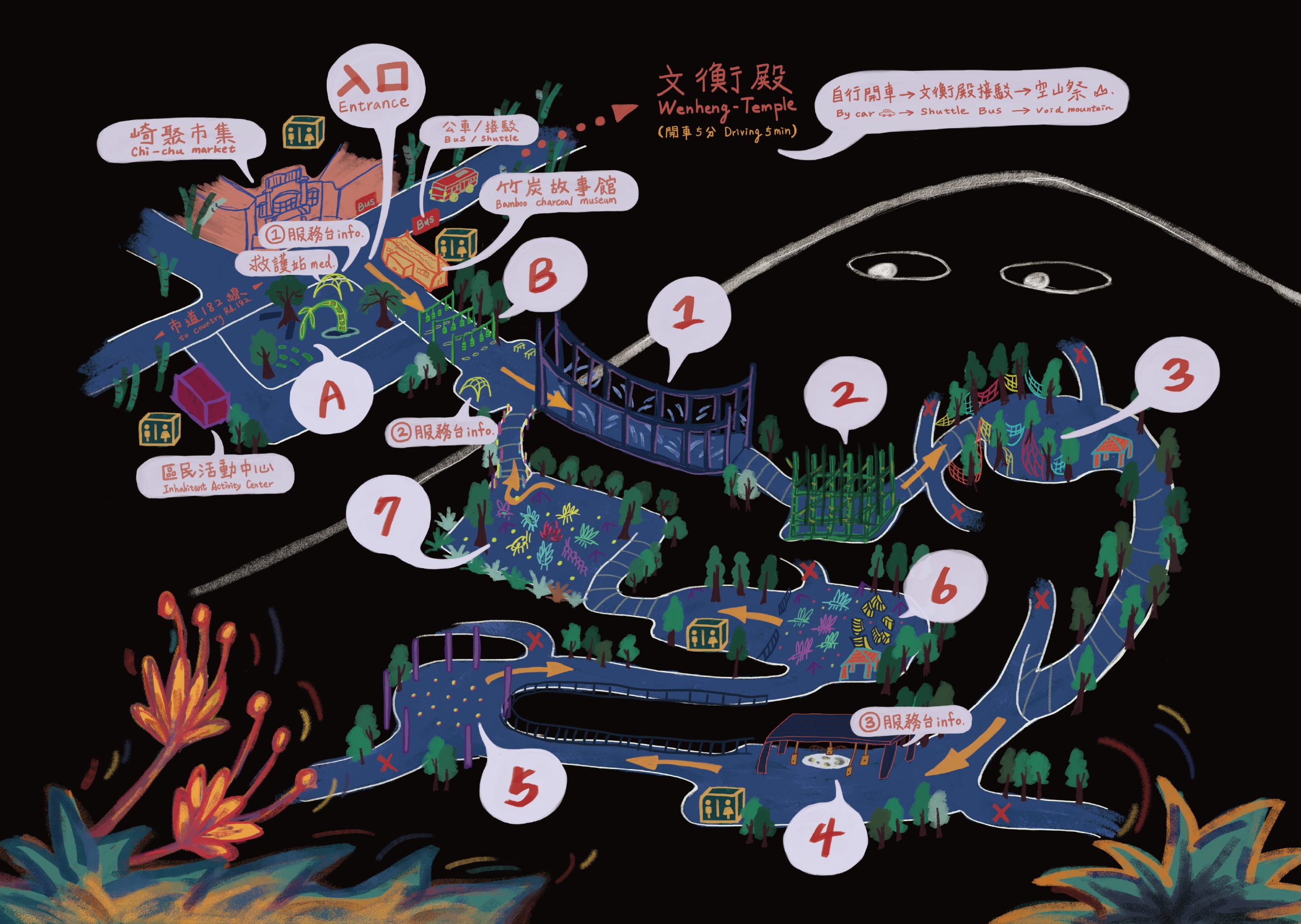


竹苗
Seedling of Bamboo”


龍崎是「竹之故鄉」,當地傳承竹編技藝曾經在台灣興盛一時;竹材編織出筍狀朝天,旁邊抽出一片拱門狀的嫩芽。「入口」和「新生」傳達龍崎發芽茁壯的意念,種下一顆竹苗,承襲一世風霜,再造一新像。
Longci is the hometown of bamboo, which was known for the traditional art of bamboo weaving in Taiwan. Bamboo will be weaved like a bamboo shoot facing toward the sky and draw out a sprout like a gate. “The entrance” and “the new life” imply the concept of Longci sprouting and growing. When sowing a seedling of bamboo, it will conquer the biting cold and the howling wind, and then, it will grow up and create a new era.

龍崎之想像生物
The Fantasy Creatures of Longci


藝術家帶領當地小朋友繪畫出他們所想像的龍崎生物,化光投影在入山口的坡道上。充滿童趣的動植物圖案被映射在山林小道,活靈活現,展現「滿滿生態」
The artist leads the local children to draw out the fantasy creatures in Longci with their imagination, projecting them on the slope at the mountain entrance. The childlike and vivid images of creatures are displayed on the trail in the mountain, showing “the full of lives”.
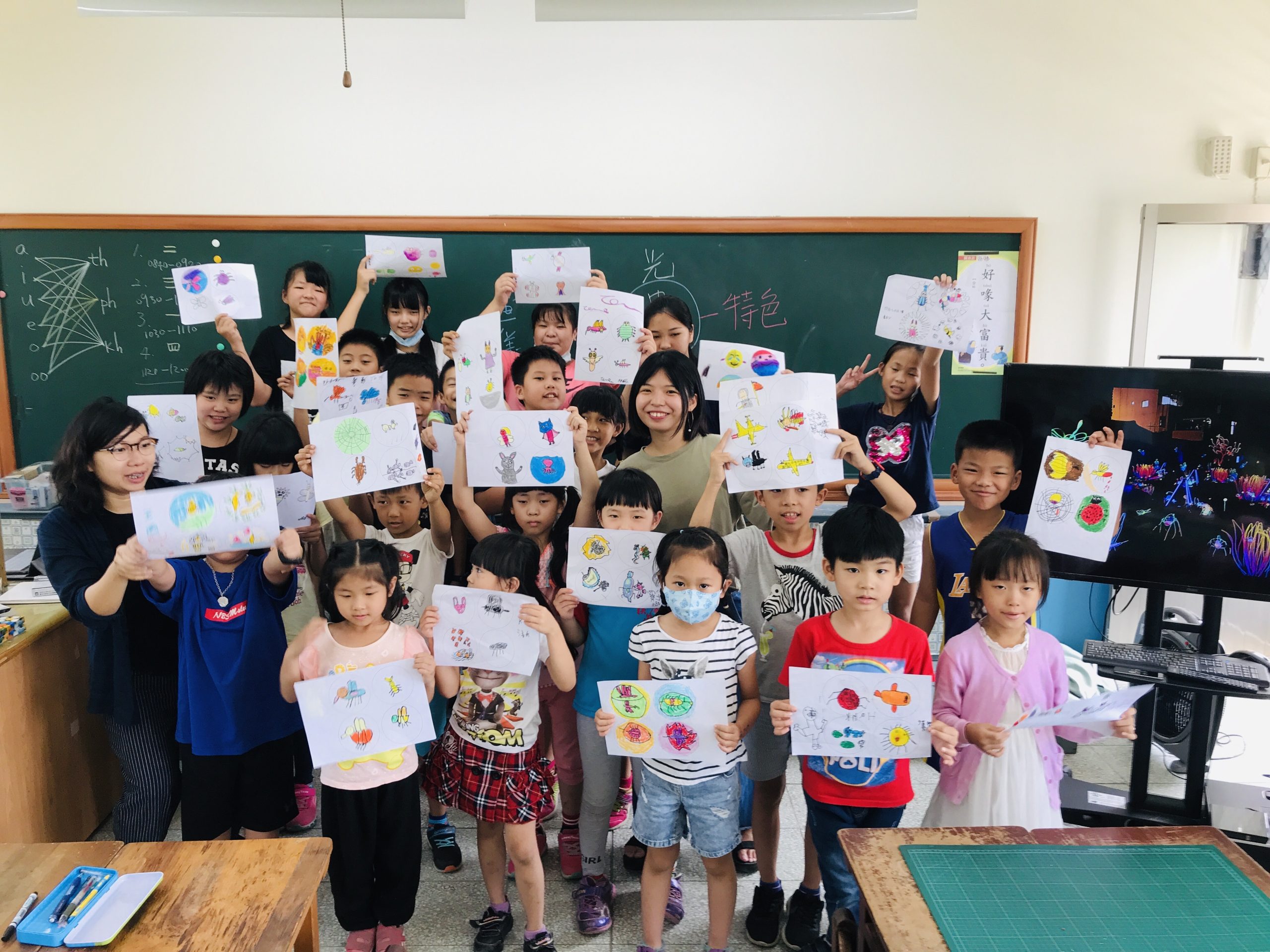

流光橋
The Bridge of Flowing Light


無數流動的光點勾勒出吊橋的形狀,虛幻的入口,開啟通往未知的道路。流動的光線暗示著鳥蟲等生命在深山中飛翔環繞,在夜裡轉化成詩意的表現,形成一道銀光閃閃、橫跨於山谷之上的虛實路徑。另一面,從谷底往上看,《流光橋》變成銀河,高懸天上,與星空比肩。
Countless flowing light spots depict the shape of a hanging bridge. The fantasy entrance leads to a path of unknown. The flowing beams imply lives such as birds and insects flying around the rural mountain, converting to a poetic expression at night, which forms beams of shining silver. The path blends the real and the false, spaning on the valley. On the other hand, seen from the bottom of the valley, “The Bridge of Flowing Light” will become the Milky way, hanging in the sky beside the galaxy.

勞作
Work of Structure


巨大的、有如小房屋般的竹方塊的結構體,上有螞蟻般的光點爬行。螞蟻在故事中表示團結與合作;兩位藝術家打造的不單純是造型面向的「結構」,也包含環境、城市、人與社群之間的「關係」,重視人、時間、空間共創的美好關係。
A structure of bamboo blocks like a small house,crawling with ant-like spots of light. Ants express solidarity and cooperation in fable.What the two artists create is not just the "structure" in the form of modeling, but also the "relationship" between the environment, the city, people and the community.


團結織網
Weaving Solidarity


以塑膠袋回收為素材,藝術家楊芳宜在生活中不斷過著「不廢生活」,環保、節約、收集著各種資源回收物;以原本廢物的物件編織成美麗的形狀。《團結織網》織出龍崎特有種金姬蛛「抱卵」護巢生態。藝術家帶領當地居民製作花形、蜘蛛卵形掛燈,掛載在巨大、懸掛在樹林間的網上。
Using plastic bags as materials, artist Yang Fang-Yi keeps living in a no-waste style, which is ecological and economical, in her daily life. She gathers all kinds of recyclable resources, weaving the waste into beautiful art. Weaving Solidarity spins Chrysso scintillans, the specific spider in longci, holding eggs to protect their offspring. The artist leads the local residents to make lanterns in the shapes of flowers and spider eggs, hanging on the colossal cobweb suspended around the woods.

月夜
Moon Night


以復古機械方式「復活」小時候常常聽到的蟲鳴鳥叫,藝術家蕭聖健使用機械和老物件(糕模、唱盤、扇子等)融合成矛盾而又充滿溫暖的擬生物。鳥群在寓言中象徵社區的公共意識。《月夜》以機件摩擦的方式發出蟲鳴鳥叫,嘰嘰喳喳在交談,非自然又自然、吵雜而又安靜。
Using old-school machines to “relive” the buzzing and chirping we used to hear in our childhood, the artist Hsiao Sheng-Chien uses old machines and objects( mold, vinyl, fan, etc. ) to create inconsistent but warm fake creatures. The flocks of birds symbolize the public consciousness in the community. “Moon Night” makes buzzing and chirping sounds by rubbing the machinery parts, chattering unnaturally but naturally, noisily, but silently.


寧靜‧秘境
The Secluded Tranquility


「光之生態圈」系列是對於人類「文明之光」的一種轉化。《寧靜‧秘境》一株螢光芭蕉花,畫出黑夜的光之美,不干擾自然夜晚的黑暗氛圍,兀自在夜裡點亮通向秘境的入口。
The series of “ light ecosphere” is a conversion of humans' light of civilization. “The Secluded Tranquility” uses a glimmering Flower of Japanese Banana to draw out the beauty of light at night, lighting up the entrance to the uncharted in the dark atmosphere like the natural night without interference.

烏雲來了
Here comes the cloud


日常生活常見的紐澤西式護欄,本來是沉重的混擬土成分的工程物件,佔據自然環境不利回收;藝術家廖昭豪用紙漿材質製作「看似沉重實則輕盈」的擬化版護欄。層層疊疊擺在兒童樂園城堡前,呼應垃圾掩埋場(還有該年的香港反送中事件)的抗爭者們所遇到的阻礙「看似沉重卻可能很輕巧」。藝術家辛綺的「光蟲」則是以抗爭者的角度「攻佔」堡壘。呈現出兩位藝術家作品之間的衝突、聯結、張力與拉力。
Jersey barriers, heavy construction objects made up of concrete, are pretty common in daily life. They are hard to recycle and occupy the natural environment. Artist Liao Chao-Hao uses paper to make fake barriers that seem to be heavy but light, and stack up in from of the castle facility for kids in order to reflect that the obstacle in front of the protestors of the landfill and the Anti-ELAB Movement may seem heavy but light. “The light bug”, made by Artist Xin Qi, uses the protestor’s viewpoint to occupy the fortress. “Here comes the cloud” displays the contradiction, connection, tension, and pull between the artwork by the two artists.
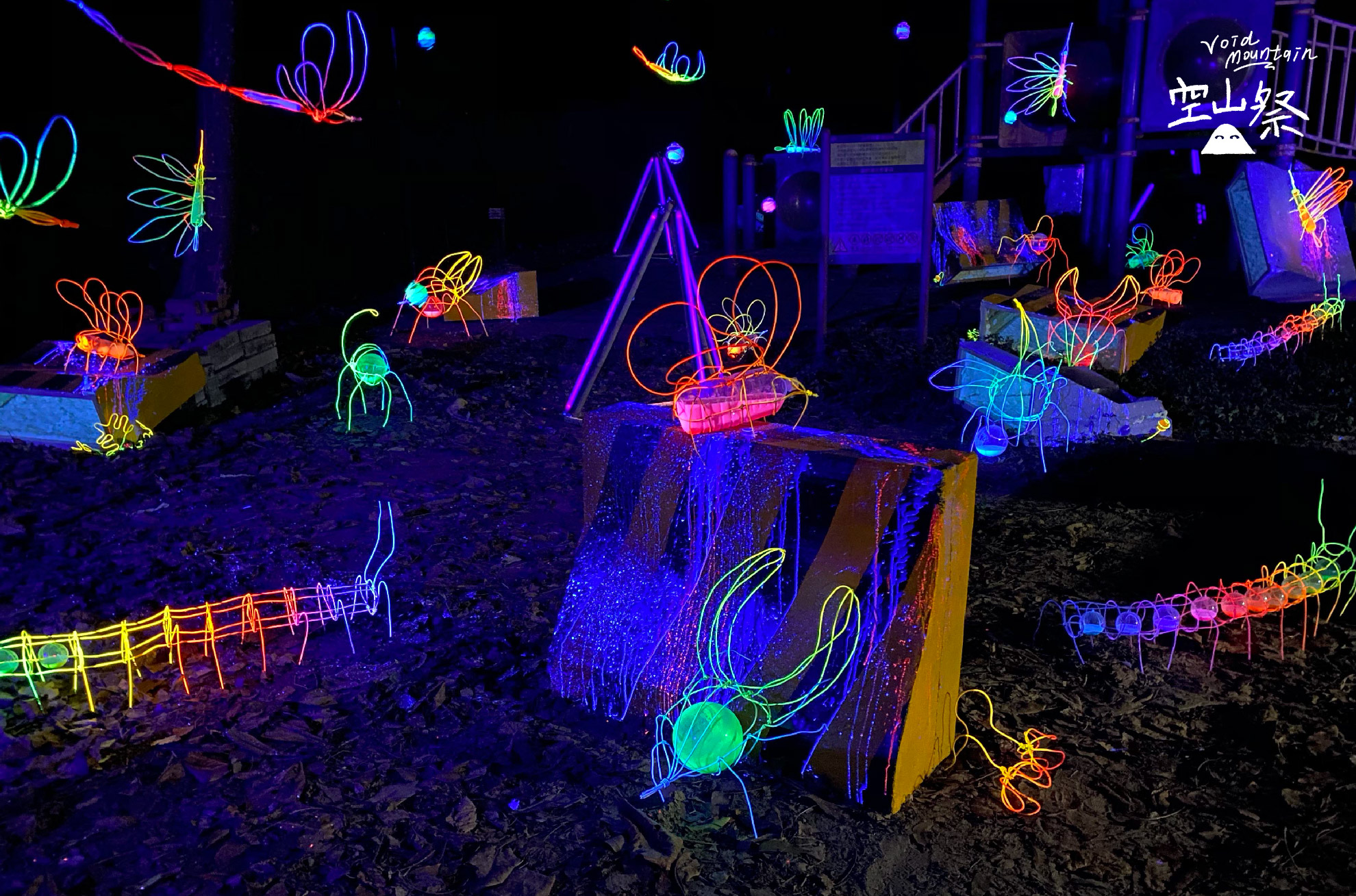

共生
Harmonious Life


故事的終章,以「看見生命」的勝利為尾聲。自「空山祭」的入口吊橋,就能俯瞰這片螢光草地,位處山谷底,充滿了生命力。這裡有一個慶祝的螢光生態派對。光蟲和夥伴們繞出三個同心圓,正中央巨大營火熊熊燃起。團結、慶祝、共生。
The Finale ends in the victory of “seeing lives”. From the hanging bridge at the entrance, visitors can overlook the vivid glimmering grass field located at the bottom of the valley. There is a party celebrating fluorescent life. The light bugs and their companions circle the three concentric circles with a campfire blazing up at the center, cooperating, celebrating, prospering and living together.

